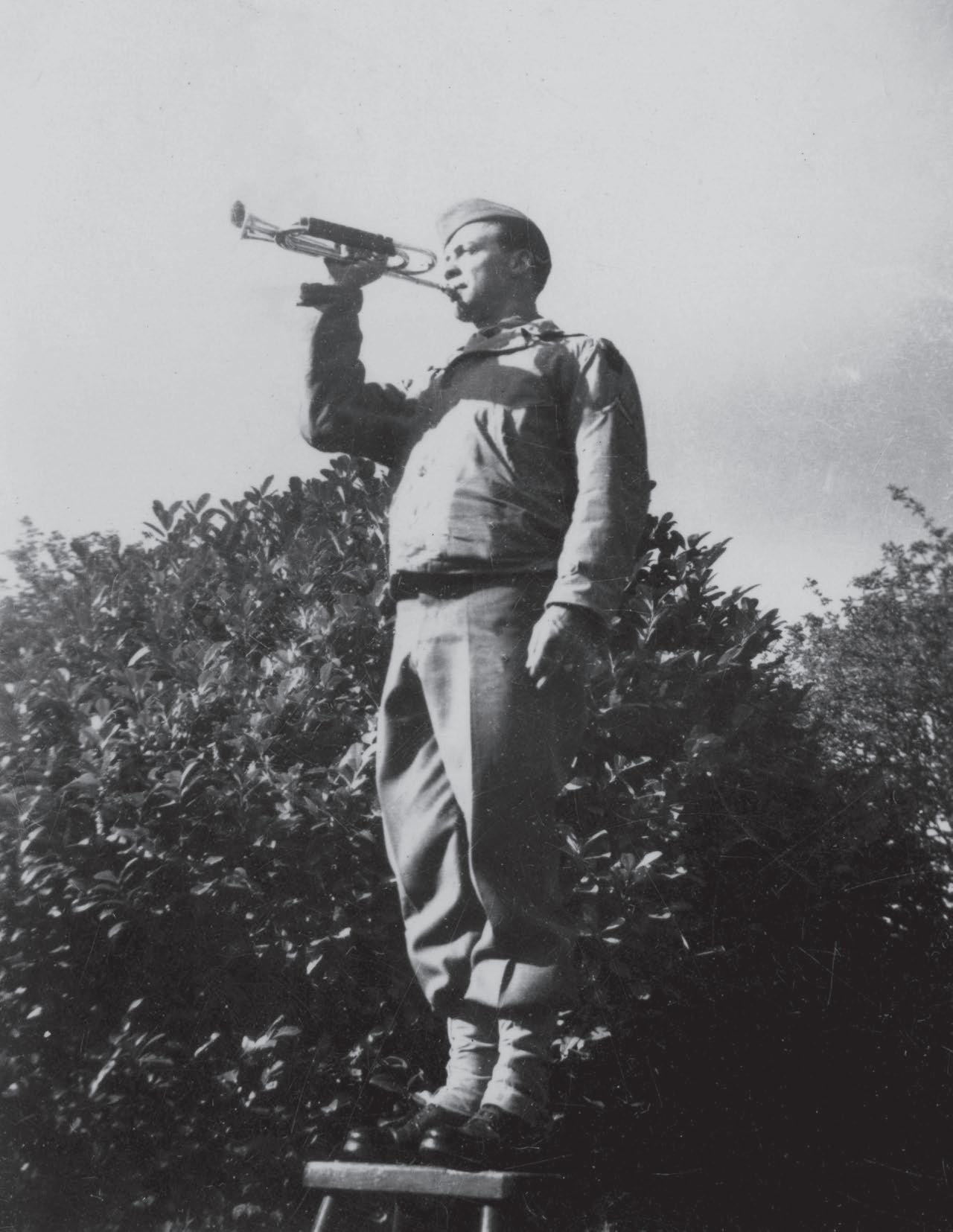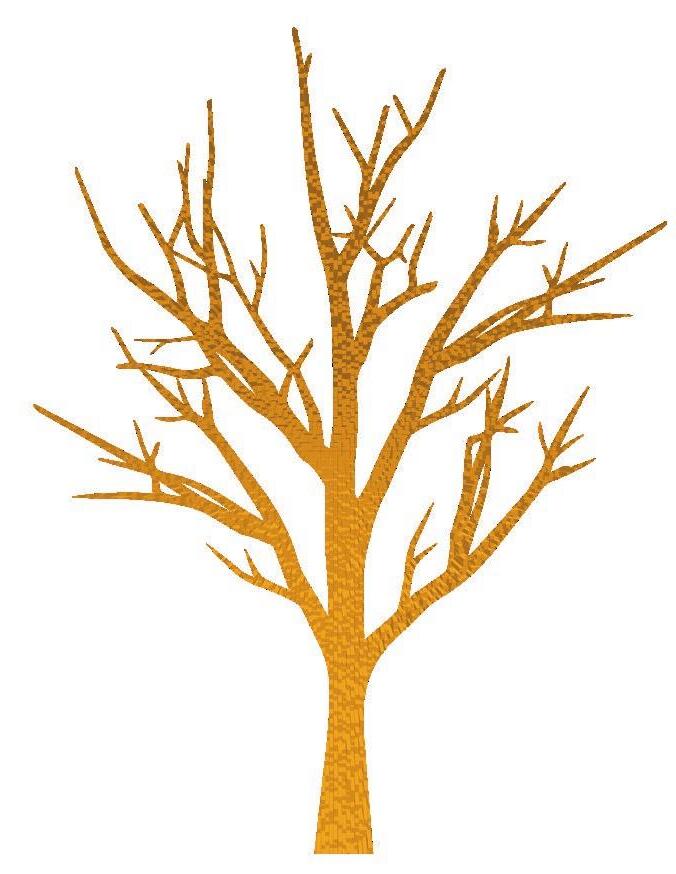
10 minute read
Branches of Service
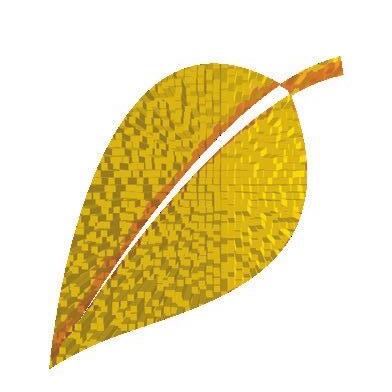

Advertisement


Museum Staff Share Their Familial Connections to the Armed Forces

As is true for most professions, a person needs some affinity for the work they do to feel fulfilled on the job. This truth is no different for the staff at the Wisconsin Veterans Museum. For many of us, the attraction to telling Wisconsin veterans stories has been gained through our own military service, or that of family members. With this article, we hope you enjoy learning about our dedicated staff through their connections to the armed forces.
Beth Stofflet Education Staff
When the Army Active Reserve, 380th Military Intelligence Detachment of Madison, was called up for ten months of active duty because of the Berlin Crisis, the three-year old version of me thought her daddy was living on the plane all of that time. I’m Beth Stofflet and I work in the education department. My job includes sharing the stories of Wisconsin veterans as a docent, providing resources to educators, and helping to arrange special events, now online during the pandemic. Through my work, I have learned more about the service and sacrifice, often at heroic levels, that our veterans have made. Behind each of those veterans is also the personal story of the family that waits for their return.
When my father, 1st Lt. Frank Skonie, was called up, his wife and four children, with another on the way, waved good-bye as his plane took off from Truax Field. While he was gone, neighbors pitched in to help shovel snow. Grandpa came to town periodically to help with maintenance around the house, and drove my mother to the hospital when it was time to give birth to my brother things my father would have preferred to do. In this photo, a local newspaper captured the happy family reunion along with my dad’s introduction to his new son.
Jennifer Van Haaften Assistant Director
I am Jennifer Van Haaften and, as assistant director, I contribute to all aspects of the museum’s work from collections to visitor services, security to budget, programs and marketing to exhibits. Military service in my family reaches all the way back to the Revolutionary War and also includes the Civil War and World War I. My great uncles and my grandfather served during WWII and my uncle served in the Navy during the Vietnam era. My grandfather, 1st Lt. Laurence Higgins, served in the 168th Infantry Regiment, 34th Infantry Division during World War II. He saw combat in North Africa where he was wounded and captured. He recuperated in an Italian hospital and then was sent to a POW camp in Poland until 1945. This photograph of the officers was taken at the POW camp. He is the one in the second row, far right. He was released as part of a prisoner exchange and shipped back to the U.S. before that camp was abandoned and remaining prisoners were forced to march to another location. My family originally hails from Iowa, but there’s no one perfect museum to give military collections to in Iowa, like there is in Wisconsin. Wisconsin gathers and cares for these stories and the objects, papers, and photos that enhance the understanding of military service of ordinary Wisconsinites at the Wisconsin Veterans Museum.
I am Chris Kolakowski, director of the Wisconsin Veterans Museum. It is my honor to be in charge of this great institution and its elite team.
The first photo shows me as an infant with my paternal grandparents, Boleslaw (Boris) and Georgina Ritson Kolakowski. Grandpa was born in Baltimore in 1916, and his parents took him back to Poland when the independent country was reborn after World War I. Raised Polish, in 1939 he was a corporal in the Polish Army, stationed in the northeastern part of Poland as part of the Border Protection Corps. When the Soviets invaded Poland, his unit crossed into Lithuania and was interned. A year later the Soviets invaded Lithuania, and he ended up in the gulag until 1942 when released under a general amnesty. He escaped the USSR with the Anders Army and transferred to the United Kingdom where he served as a Leading Aircraftsman in the Polish Air Force (attached to the RAF) from 1943 to 1947. He told my dad once that part of his duties included working in the library of the British Army Museum because he knew how to bind books. In London, he met my grandmother (who worked as a telephone operator in the Admiralty and had family fighting all over the world) in an air raid shelter during a V-2 strike in late 1944. They married in February 1945, and at war’s end chose not to go to Communist Poland. Grandpa claimed his U.S. citizenship, and in June 1947 they sailed for New York on the liner Aquitania. He died in 1982, not having seen Poland since September 1939.

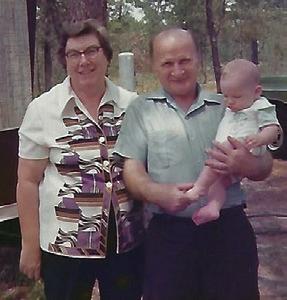
The second photo is my maternal grandfather, John A. Steffen. Born in Elroy, Grandpa graduated from high school in 1944 and was drafted shortly thereafter. He was inducted into the Army in Milwaukee on October 25, 1944, and did his basic training at Fort McClellan, Alabama, before shipping to Europe in March 1945. There he was assigned to the reconstituted 423d Infantry Regiment of the 106th Infantry Division, and ended up on the siege lines at Lorient, France where he ended the war in Europe. The division was scheduled for the invasion of Japan, but the atomic bombs stopped its transfer. Instead, he stayed in Europe and was assigned to 3d Armored Division and later 1st Armored Division for duty in the occupation of Germany at Tauberbischofsheim. He played trumpet in the 81st Reconnaissance Squadron Band until returning home for discharge in July 1946. His final rank was Staff Sergeant, his NCO status a lifelong source of pride. He died in 2016 and is buried in Madison.

Greg Krueger Curator of Exhibits
I am Greg Krueger the curator of exhibits at the museum. I ensure our exhibits and displays look pristine, that they are inclusive of all Wisconsin veterans, and that are accessible to as broad of an audience as possible.
My father, Cal, served in the army during the early 1960s. Anxious to get out of Milwaukee and experience more of life, he graduated from Juneau High School in 1961 and joined the army with a group of buddies. Being familiar with airplanes, (his father owned and operated one and flew to family vacation destinations) Cal decided it would be fun to jump out of them. He went through basic training at Fort t Benning, Georgia, and then advanced to jump school at Fort Bragg, North Carolina. He graduated in September 1961, and joined the 82nd “All-American” Airborne Division. After World War II ended and the Cold War formed, the 82nd adopted the role of America’s Strategic Reaction Force. These troops from the sky trained to be dropped into any environment at a moment’s notice and that is what Cal remembers;“We were always playing war,” he said.

Kevin Hampton Curator of History
I am Kevin Hampton, the curator of history at the museum. I design exhibits, develop educational programs, conduct research, but, most important, I get to share the stories of Wisconsin veterans to ensure they are never forgotten. My family history is full of stories of service. My grandma was the family historian and genealogist, and I grew up asking to hear those stories over and over again. From “Uncle Joe” who served in France in WWI to John McMahon that served with the 7th Wisconsin in the Civil War and was wounded at the Battle of Gainesville/2nd Bull Run. A favorite was always the story of my fifth great-grandfather, Abijah Hutchinson, who served under General Putnam at the Battle of Bunker Hill in the Revolution, or even as far back as Captain Myles Standish, the military officer aboard the Mayflower in 1620. Without a doubt, the most personal were the WWII stories from my grandpa himself - from his service in Italy, to the loss of his brother in a P-47 training accident in 1945
(Left: Grandpa J. Roger Doherty and his brother Joseph Aaron Doherty pictured). My grandparents and our family stories had an immense impact on my life, both personally and professionally. They taught me that everyone has a story to tell and they need to be shared and remembered. By sharing those stories, we connect the past to our present and future; we learn the true meaning of history. As my grandpa once told me, “We look ahead for a better tomorrow. Look ahead. It’s the only way to look.”
Jen Stevenson Marketing Specialist
As a marketing specialist with the museum, I am in awe of the richness of the stories in the museum collection. In the eight-months I have been on the job, often I have choked up reading stories while prepping them for publication.
Until a few years ago when I began researching my family, I believed we had little military history. After recently connecting with a distant cousin of my dad’s, I discovered my third-great grandfather served in the Civil War only two years after arriving from Hesse, Germany in 1862. Corporal Conrad Schimmel of Company I, 45th Wisconsin Infantry is depicted in the charcoal drawing at left that has been passed down through a cousin’s family. The Wisconsin Veterans Museum holds his service records with which I can confirm those are the blue eyes so prevalent on my dad’s side.

According to other museum Civil War records, my second great-grandfather also served in the 29th Wisconsin in 1862, but deserted in 1863. That explains the mystery of the change in spelling of the family name, enough said.
More honorably, I am married to a 20-year veteran of the U.S. Navy, retired Chief Petty Officer Lorrain Schwager. She enlisted in 1984, served during Desert Storm/Desert Shield on the USS Cape Cod (AD-43), was a company commander, and an electronics instructor. That's just part of her story. Like any retired chief, if you offer her a cup of coffee, she’ll share about 47,000 more salty tales. I couldn't be prouder.
Luke Sprague
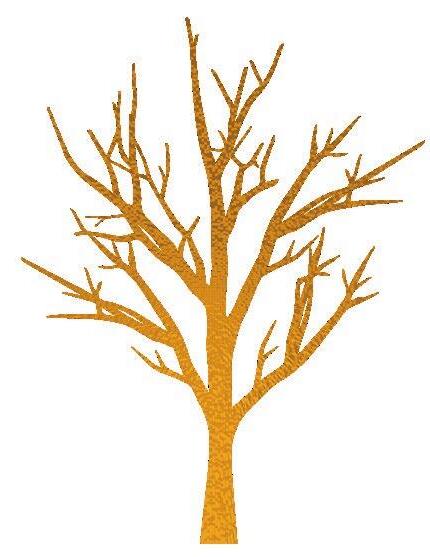
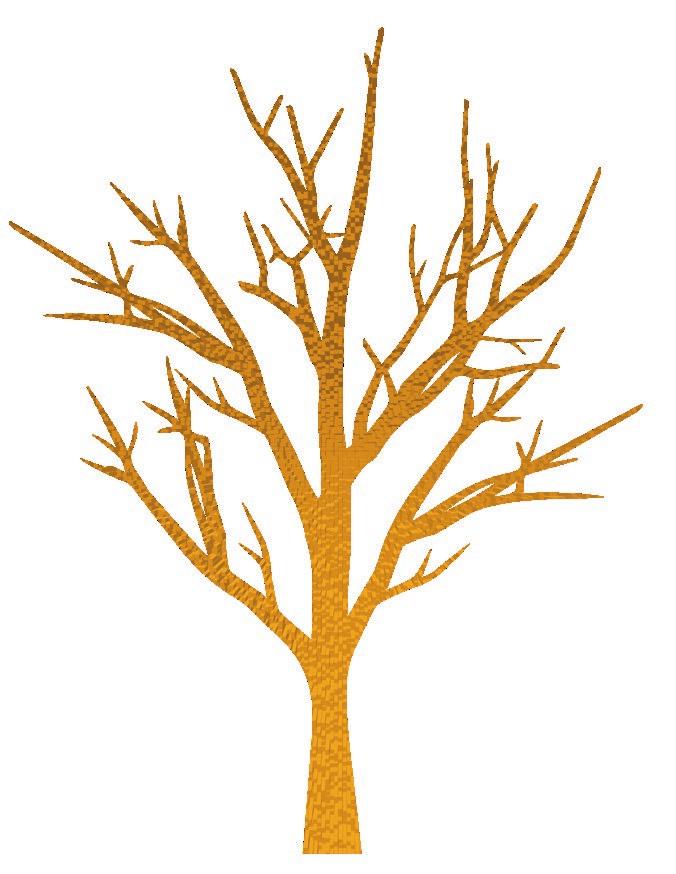
Oral Historian


For me, family, the military, and Wisconsin are inextricably bound together. As a boy, I remember asking Grama Ethel, “Was grampa always that way?”
Grama replied that Grampa Cliff had always been a little quirky, but following the three years added to his enlistment during World War II, he was never quite the same. Following V-E Day, Grampa Cliff returned to Stevens Point, Wisconsin, finally married grama after waiting four years, and not long, my father was born. Twenty-five years later in Thorp, Wisconsin, my father received his Vietnam draft notice in the mail. Putting his optometry practice on hold, my parents moved to Fort Sill, Oklahoma. I was born as the last orders for army doctors to deploy to Vietnam were issued to my father’s peers. Fortunately, my father never received those orders and we returned to Thorp.
I began my army career in 1993 (pictured at right). Paralleling my grandfather, I would also find myself serving a year-long-hardship tour overseas, followed by a quick marriage in Wisconsin. Later, I served at Fort Lewis, Washington, with the First Special Forces Group. Continual deployment played a major role in a divorce and the physical toll led to a service-connected disability. I decided to leave the Army to become a historian.
When I serve Wisconsin veterans and their families, I always think about the sacrifices they and their families make, and that guides my actions.
Mike Olson
Assistant Shop Manager
My father’s father, Curtis Olson (Grandpa Curt) from Westby, Wisconsin served in the navy aboard the USS Hornet (CV-12) aircraft carrier during World War II. Thanks to Russ Horton, the Museum’s long-time reference archivist, I know more details about my grandpa’s service. According to his NAVPERS 533 form he served aboard the Hornet as a coxswain. I wish I had asked him more about his service before he passed away in 2009.
My mother’s father, Ross Abbey (Grandpa Ross) from Viroqua, Wisconsin did not serve during World War II due to a deformed arm he suffered from a childhood farm accident. He was drafted briefly during the Korean War, but upon reporting to Fort Sheridan, was honorably discharged, due to his arm. He was in camp long enough, however, to be photographed in his army uniform as seen in this picture at left.
As a boy, I really looked up to my grandfathers and their brothers who served. This admiration inspired an interest in World War II and one I am able to pursue in my work at the museum.
Paul Moriarity Assistant Registrar
As assistant registrar, I work with collections. Many family members served, including myself. I served in the army from 1995-99 and continued in the Wisconsin Army National Guard until 2002. My family is proud of its service, but it has come at a cost. My uncle, Dr. William Tomcek, and my father-in-law, Robert Hackney, were both Vietnam veterans. They were pillars of their families, deeply loved, and lost too early in life to cancers caused by exposure to Agent Orange.



Bill Tomcek (pictured right) served with the 39th Infantry, 9th Infantry Division in the Mekong Delta in 1968. He was reconnaissance man on the front lines. In Vietnam, Bob Hackney served from 1969-70 as an infantryman, radio operator, and combat journalist. He spent time with the 15th Administration Company, 1st Calvary Division moving between Bien Hoa, Tay Ninh and LZ Jamie. Though we miss them dearly, we are proud of their willingness to serve, and for what they endured to get back home to us.

Growing up I did not know very much about my grandfather’s World War II service besides the fact that he walked with a limp because of a war wound. Like many World War II veterans, he didn’t really want to talk about it.
Only after he passed away did my family find a box holding his wartime letters and other military documents that filled in the details of his service. I learned that he served in the 106th Infantry Regiment, 27th Infantry Division. He participated in the invasion of Saipan in the summer of 1944, and there, on July 4, he was shot through the knee. He spent over a year in a stateside Army hospital recovering from nerve damage caused by the bullet wound. This is why he limped for the rest of his life.
Today, I work hard to ensure that the stories of all Wisconsin veterans are preserved for families and researchers. I helped my family decide to donate my grandfather’s World War II letters and photographs to the museum, where my children and their children will be able to see them. And I keep an enlarged photo of my grandfather in my office, looking over my shoulder, to make sure I never forget what a privilege it is to do this important work.


